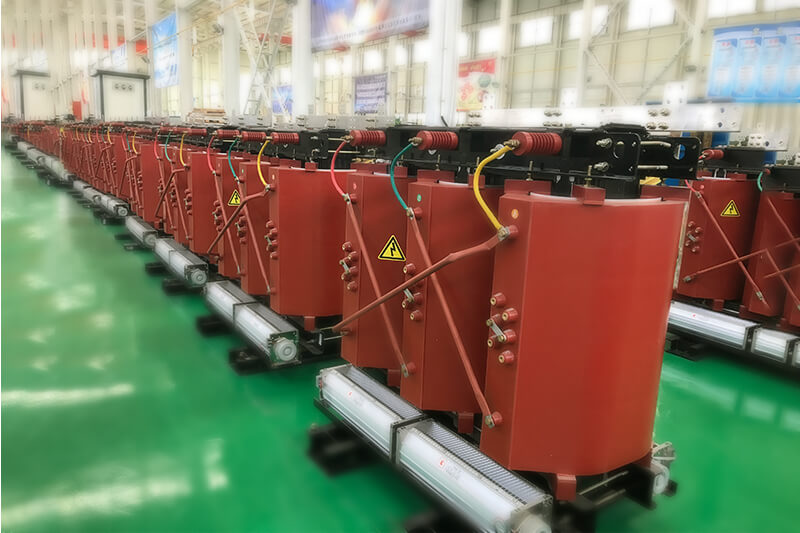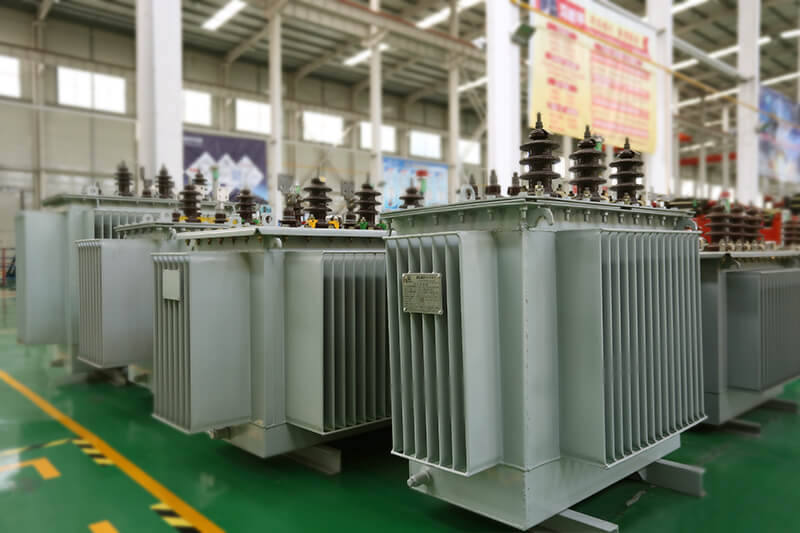Contact the equipment structure. Familiarity with the internal structure and status of the transformer is the key to transformer fault diagnosis, such as the insulation coordination, lead direction, insulation status and oil quality of the transformer. Another example is whether the cooling method of the transformer is air-cooled or forced oil circulation cooling, etc. The history of transformer operation, maintenance records. These contents are important references for diagnosing faults.
Combined with external conditions. When diagnosing a transformer fault, it is important to understand whether the external conditions of the transformer have affected it, such as whether an outlet short circuit has occurred, whether harmonics or overvoltage conditions in the power grid have affected it. What is the load rate, what is the load fluctuation range.

Contrast with protocol standards. Contrast with the standard stipulated in the regulations. If the situation of exceeding the standard occurs, the cause must be found out, the root cause of the exceeding standard must be found out, and it should be handled and resolved carefully.
Compared with previous data. It is often inaccurate to judge the fault based on whether it exceeds the standard. It is necessary to consider the comparison with previous data to understand the cause and development of the latent fault. For example, although the test results are relatively large, they have been relatively stable. It is still normal, but although the test results have not exceeded the standard but have increased a lot compared with the last time, it needs to be analyzed carefully to find out the reasons.
Compared with similar equipment (horizontal comparison). An abnormality is found in one transformer and whether there is an abnormality in another transformer with the same capacity or the same operating status at the same location. This combination of analysis is helpful to accurately determine whether the fault phenomenon is an external factor or an internal change.

Compare with different parts of yourself (vertical comparison). Check and compare different parts of the transformer itself. For example, whether the temperature distribution of the transformer tank is uniform, and whether there is a sudden change in the local temperature. Another example is to use an infrared imager to check the transformer bushing or oil pillow temperature to determine if there is a lack of oil. For another example, when measuring the winding insulation anode, analyze whether there is a significant difference between high-to-medium, low, and ground, medium-to-high, low, ground, and low-to-high, medium and ground whether there is an abnormal difference between the winding resistance and the casing . These are also conducive to the accurate judgment of the fault location.









Leave A Comment